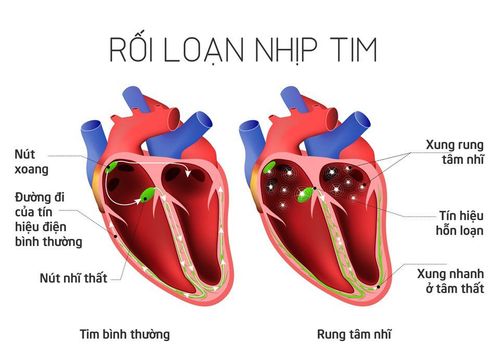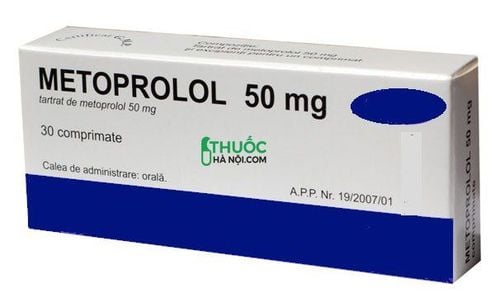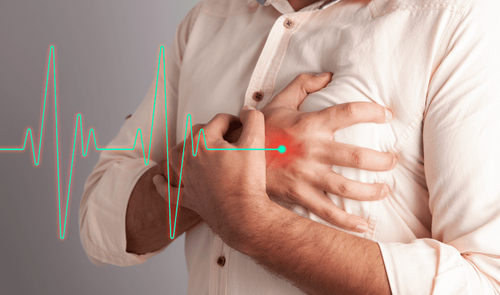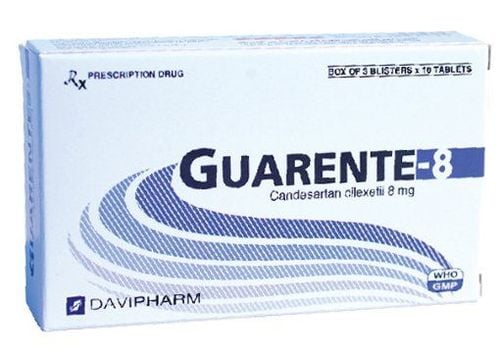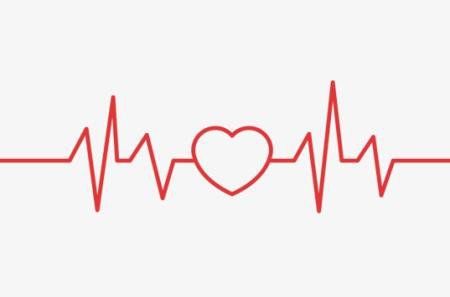This is an automatically translated article.
The article is professionally consulted by Master, Doctor Nguyen Tung Hoanh - Interventional Cardiologist - Department of Resuscitation - Emergency - Vinmec Nha Trang International General Hospital. The doctor has a lot of experience and strength in Resuscitation - Cardiac Emergency. circuit.Today, there are many cardiovascular support devices for the treatment of heart diseases. One of the most popular cardiovascular devices is the pacemaker.
1. How does a pacemaker work?
The pacemaker is composed of two parts, the controller and two electrode wires. One end of the first electrode wire is connected to the controller, the other end is plugged into the heart wall. The second electrode wire has one end attached to the atrioventricular chamber and the other end to the ventricular chamber.The controller is a small metal box that includes a battery and an electrical circuit. The controller regulates the frequency of the electrical pulses, which in turn send low-energy electrical impulses to the heart using electrode wires. An electrical pulse causes the heart to contract at a set frequency.
For patients with bradyarrhythmia, cardiac conduction block, the pacemaker will increase heart rate, electrical activity between the atria and ventricles is synchronized, preventing dangerous arrhythmias dangerous. Pacemakers can be installed temporarily or permanently.

Máy tạo nhịp tim
2. What to avoid when placing a pacemaker?
When placing a pacemaker, the patient should avoid long-term exposure to some electrical and electronic devices such as phones, music players, magnetic resonance imaging machines, etc. Because of the high exposure to the above devices. will interrupt the signal of the machine.Comply with the doctor's instructions, combine with prescription drugs to have the best effect in the treatment of arrhythmias. Periodic medical examination for doctors to advise, evaluate the operation situation of the machine, battery, wires, adjust the machine mode in accordance with the current health of the user. Follow the exercise and nutrition regimens as directed by your doctor. Talk to your doctor about using a pacemaker during a medical procedure.
Limit lying and avoid pressing your hand on the heart rate monitor. When participating in traffic, use the means of transport as advised by your doctor.
Trắc nghiệm: Huyết áp của bạn có đang thực sự tốt?
Huyết áp cao hay thấp đều ảnh hưởng đến tình trạng sức khỏe con người. Để biết tình trạng huyết áp của bạn có thực sự tốt không, hãy làm bài trắc nghiệm sau đây để đánh giá.3. Complications that may occur when placing a pacemaker
3.1. Hematoma This is a common complication during the insertion procedure. Hematomas form during the dissection of the fascia, fascia to create space for the machine, or due to blood escaping from broken veins or arteries. Mild hematomas clear up on their own after a while, if severe hematomas require treatment.3.2. Wound in situ Complication of local wound detachment, appearing within a few days after the insertion of the device, is a rare complication. The reason is that placing the machine with an inappropriate size causes skin tension, excessive muscle tension leading to slow healing wounds and anemia. In addition, this complication causes infection. Treat this complication by resecting the wound margin, repositioning the machine in an appropriate place.
3.3. Pacemaker misplacement and skin erosion Machine misplacement is the displacement of the machine from its original position. This displacement affects the operation of the machine, which erodes the upper layer of skin, causing the machine to protrude out causing infection. Treat this complication by reshaping the lost skin and resetting the device.
There are also some other rare complications such as, pneumothorax, hemothorax, air thrombosis, venous thrombosis, hemopericardium, cardiac tamponade.
4. The most commonly used wireless pacemaker today
Wireless pacemakers are placed directly into the heart without wires. The device has a compact design but has less functionality than a regular pacemaker. Therefore, the device is suitable for patients with simple arrhythmias. The placement of a wireless pacemaker causes few complications.
Máy tạo nhịp tim không dây
Cardiovascular Center - Vinmec International General Hospital owns a team of experts including Professors, Doctors, Specialist 2 doctors, Masters with experience and great reputation in the field of internal treatment. science, surgery, interventional cardiac catheterization and application of advanced techniques in the diagnosis and treatment of cardiovascular diseases. In particular, the Center has modern equipment, on par with the most prestigious hospitals in the world. In addition, Vinmec also cooperates comprehensively with the Institute of Cardiology - Bach Mai Hospital, Cardiology Department of Hanoi Medical University, Paris Decartes University - Georges Pompidou Hospital (France), University of Pennsylvania (USA) period)...
Please dial HOTLINE for more information or register for an appointment HERE. Download MyVinmec app to make appointments faster and to manage your bookings easily.




